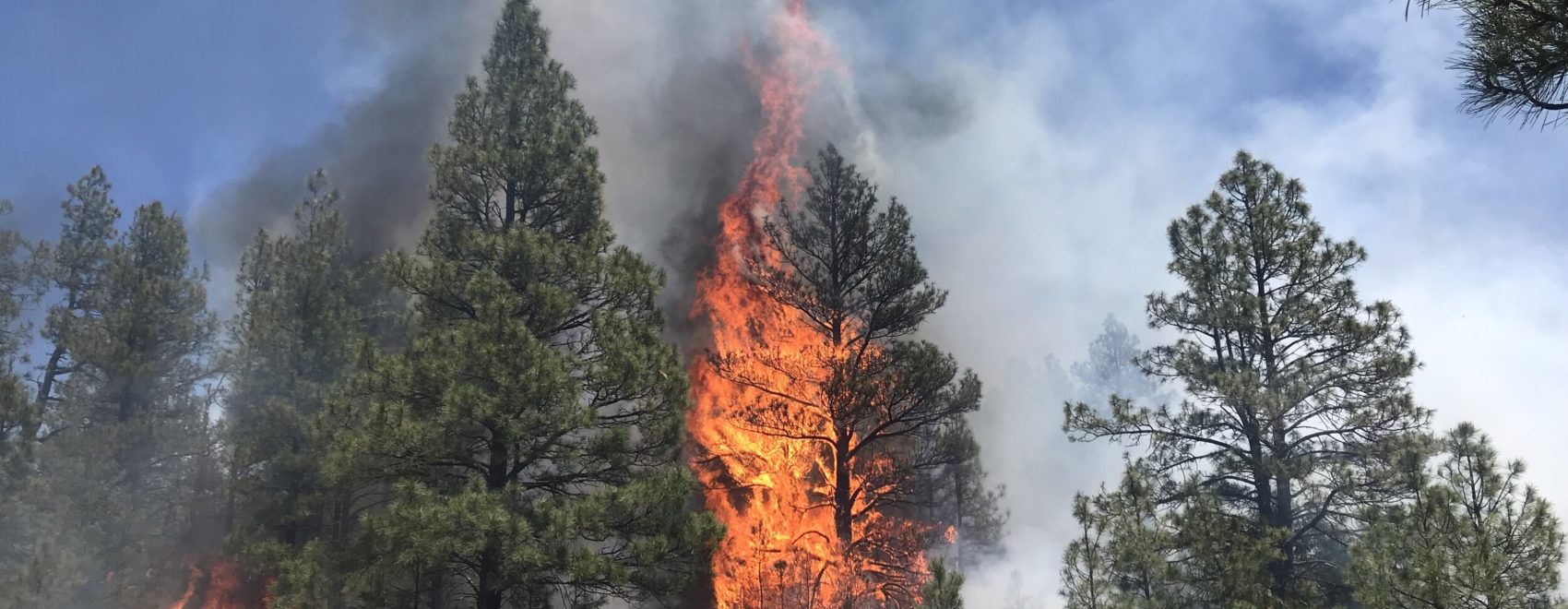Wildfire behavior and return intervals have many drivers. A new article takes a look at the impact of climate and human populations in the Jemez Mountains of New Mexico. Starting in the year 1300 CE until now, these researchers looked at what was the main driver of forest density and fuel accumulation. Read below to find out what shifts have occurred over time and how we reached the forest densities that we see today.
Swetnam, Thomas W., et al. “Multiscale perspectives of fire, climate and humans in western North America and the Jemez Mountains, USA.” Philosophical Transactions of the Royal Society B: Biological Sciences 371.1696 (2016): 20150168.

